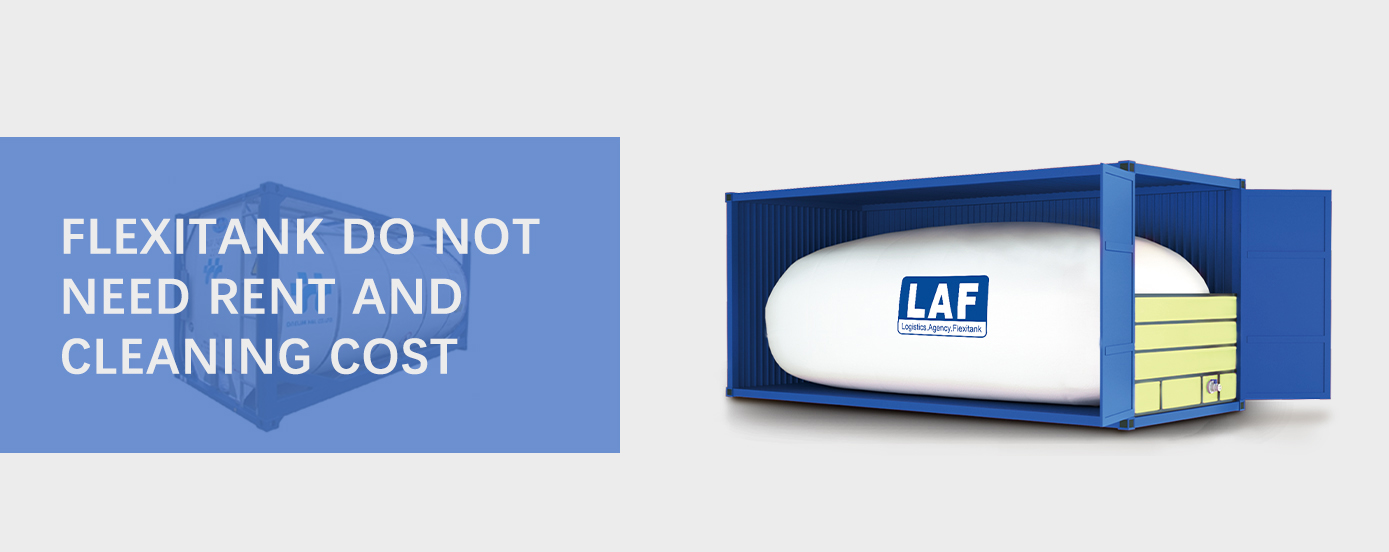Tel: +86-(0)532 6609 8998


Views: 371 Author: Site Editor Publish Time: 2023-08-24 Origin: Site








In the realm of bulk liquid transportation, the choice between flexitanks and ISO tanks has sparked a debate that revolves around efficiency, cost-effectiveness, and environmental impact. Each solution possesses distinct advantages and disadvantages, catering to different logistical requirements and industry demands. To determine which option is better, one must consider a range of factors, including flexibility, safety, cost, and environmental considerations. Flexitanks, essentially large, flexible containers designed to fit within standard shipping containers, have gained popularity due to their adaptability and cost efficiency. One of their primary benefits is their ability to convert dry cargo containers into liquid-carrying vessels, enabling companies to easily transport liquids without the need for dedicated tank containers. This adaptability results in reduced shipping costs and increased flexibility in terms of container usage. Flexitanks are also typically single-use, mitigating the risk of contamination between different cargoes.
Flexitanks, essentially large, flexible containers designed to fit within standard shipping containers, have gained popularity due to their adaptability and cost efficiency. One of their primary benefits is their ability to convert dry cargo containers into liquid-carrying vessels, enabling companies to easily transport liquids without the need for dedicated tank containers. This adaptability results in reduced shipping costs and increased flexibility in terms of container usage. Flexitanks are also typically single-use, mitigating the risk of contamination between different cargoes.
ISO tanks, or tank containers, are standardized, heavy-duty containers specifically designed for transporting liquids. These tanks adhere to strict safety regulations and are ideal for carrying hazardous substances due to their reinforced construction. ISO tanks provide superior protection against leaks, spills, and contamination, making them a safer option for transporting sensitive or potentially harmful liquids. Additionally, ISO tanks are reusable, making them a more sustainable choice in the long run.
Nevertheless, ISO tanks also present certain limitations. They can be costlier to procure and maintain compared to flexitanks. Additionally, their fixed size and design can limit flexibility in terms of cargo volume and types, as different liquids may require different tank configurations. This lack of adaptability can lead to underutilization of space or the need for multiple tank sizes to accommodate various cargoes.

Ultimately, the choice between flexitanks and ISO tanks hinges on the specific needs of the business, the nature of the cargo being transported, and the logistical requirements. If cost efficiency and adaptability are paramount, flexitanks may be the preferred choice.
More information about LAF flexitanks: https://www.laftechnology.com/flexitank.html